Retro Replay Review
Gameplay
War Diary delivers a robust real-time strategy experience anchored in the resource-driven warfare of 16th century Korea. Players juggle three core resources—food, wood, and metal—to erect buildings and raise troops. Attention to economic balance carries significant weight: surplus resources can be sold for gold, which in turn speeds up construction or troop acquisition. This dual system of gathering and trade adds an extra layer of strategic planning, forcing commanders to decide whether to invest in longterm infrastructure or to liquidate assets for rapid military expansion.
(HEY YOU!! We hope you enjoy! We try not to run ads. So basically, this is a very expensive hobby running this site. Please consider joining us for updates, forums, and more. Network w/ us to make some cash or friends while retro gaming, and you can win some free retro games for posting. Okay, carry on 👍)
The organizational heart of every settlement is the city hall, which defines the territorial radius for eleven supporting structures. Constructing barracks and weapon factories within this perimeter is critical: the barracks produce raw recruits, but they remain unarmed until equipped at the weapon factory. Each soldier must be individually assigned one of three specializations—Shooter, Melee Fighter, or Artillery—and then outfitted accordingly. This two-step recruitment and armament process demands constant oversight, as every newly trained unit must be shepherded through the equipment pipeline.
Weapons in War Diary feature quality tiers, affecting both cost and battlefield performance. High-grade armaments deliver superior damage and durability, yet come with steep price tags and faster resource depletion. As weapons degrade through repeated engagements, players face the recurring task of maintenance and replacement. This gear management system rewards meticulous commanders but can overwhelm those unused to microlevel micromanagement. Thankfully, troops can be grouped into squads for coordinated maneuvers, though you must still monitor individual health and weapon integrity for peak effectiveness.
In addition to standard infantry, War Diary introduces watch towers, naval vessels, and monks, each adding tactical depth. Watch towers bolster map control and gain combat experience over time, evolving into formidable sentinels. Ships allow coastal assaults or supply runs, while monks serve dual roles as battlefield support or supernatural summoners—invoking ancestral ghosts to sway engagements. The dynamic interplay of ordinary troops and mystical units creates memorable skirmishes that challenge traditional RTS conventions.
Graphics
War Diary’s visual presentation strikes a careful balance between historical authenticity and modern polish. The textured terrain faithfully recreates rolling Korean hills, rice paddies, and fortified hamlets of the Imjin War era. Ground units cast realistic shadows that shift with the sun, and closeup camera angles reveal detailed armor engravings and weathered banners. While the environment sometimes lacks the ultrahigh fidelity of top‐tier contemporary titles, it nonetheless immerses you in the period’s rustic ambiance.
Unit animations are fluid and responsive: archers nock their arrows with a lifelike draw, melee fighters adjust their stance as they charge, and artillery crews shout orders while manning their cannons. Combat effects, such as flying embers from burning buildings or the swirling dust kicked up by marching columns, elevate the battlefield’s atmosphere. Occasional frame rate dips can surface during large-scale clashes, but these rarely hinder strategic decisionmaking.
The user interface adopts a classic RTS layout, with resource counters and build menus lining the screen edges. Tooltips are clear and concise, aiding newcomers in understanding the nested functions of each building. However, seasoned strategy veterans may find the HUD somewhat crowded. Fortunately, customizable hotkeys and scalable UI elements help mitigate clutter and allow you to tailor the display to your personal playstyle.
Lighting and weather effects further enhance immersion: dawn breaks with amber hues illuminating castle walls, while thunderstorms deliver dramatic contrasts and occasional rain, impacting visibility. These environmental touches don’t just look impressive—they influence tactics as well. Rainstorms can hamper archer accuracy, encouraging commanders to adapt formations on the fly.
Story
Set against the backdrop of 16th century Korea, War Diary’s narrative is straightforward yet evocative. Two rival factions vie for supremacy after a dynastic succession crisis, plunging the peninsula into civil war. Although the campaign lacks deeply branching storylines or elaborate character development, it excels at conjuring the period’s tension. Scrolls unfurl to narrate major battles, and text‐based briefings ground each mission in historical context.
Cutscenes are sparse but effective, often depicting nobles deliberating in palaces or peasants fleeing conflict. While there’s no voice acting to dramatize dialogue, the handpainted art style lends an air of authenticity reminiscent of era illustrations. This stylistic choice maintains immersion without diverting resources from gameplay, though some players might yearn for more cinematic storytelling.
Monks and ghostly apparitions tie into local folklore, hinting at a spiritual dimension to the war. When invoked, these spectral allies provide a fleeting yet memorable narrative flourish, underscoring how belief systems shaped warfare at the time. Still, the supernatural elements remain optional rather than pervasive, preserving the title’s core strategic identity.
For history enthusiasts, War Diary’s mission objectives often reference real battles and famines, accompanied by periodaccurate quotes and descriptions. This attention to detail enriches the experience, even if the overarching plot feels minimalistic. Ultimately, the game tells its story through each skirmish, leaving players to piece together the broader tapestry of conflict themselves.
Overall Experience
War Diary offers a satisfying blend of resource management, base building, and tactical combat framed by an intriguing historical period. Its multilayered economy encourages thoughtful planning, while the persistent gear degradation and unit progression systems keep skirmishes fresh. Commanders who relish detailed micromanagement will find this title especially rewarding, as every decision—from weapon quality to ghostly summoning—carries tangible consequences.
The learning curve can be steep, particularly for newcomers to the RTS genre. Juggling multiple resource nodes, equipping troops individually, and maintaining squad durability demands constant attention. However, the payoff comes in the form of tightly contested battles that feel earned. Customizable hotkeys and scalable UI options help streamline complex tasks, ensuring that seasoned strategists and curious novices alike can find a comfortable control scheme.
Graphically, War Diary may not top the charts in sheer polygon counts, but its faithful depictions of 16th century Korea and dynamic weather effects build a compelling world. The game’s modest storytelling approach fits neatly with its strategic focus, offering just enough narrative context to keep players engaged without slowing down the action. Monks, spectral allies, and evolving watch towers add memorable twists to conventional RTS fare.
In sum, War Diary stands out as a polished, historically flavored realtime strategy title that rewards careful planning and tactical adaptability. While its emphasis on micromanagement may deter casual players, those seeking depth, authenticity, and a fresh twist on medieval warfare will find much to admire. Whether you’re a history buff or a hardened RTS veteran, War Diary delivers a battletested experience worthy of your campaign roster.
 Retro Replay Retro Replay gaming reviews, news, emulation, geek stuff and more!
Retro Replay Retro Replay gaming reviews, news, emulation, geek stuff and more!
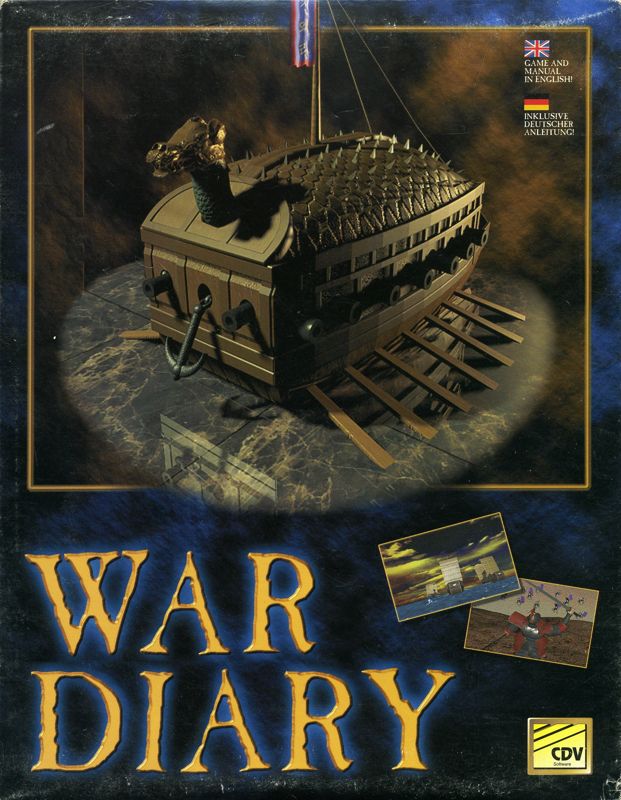
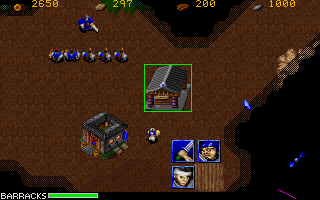

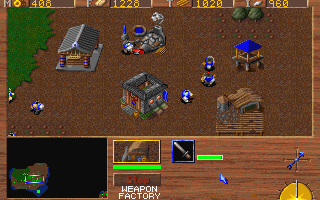
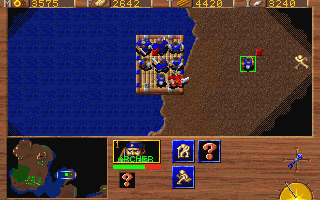
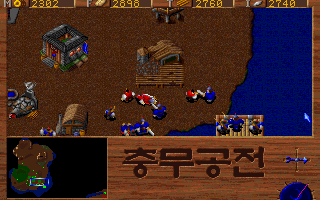



Reviews
There are no reviews yet.